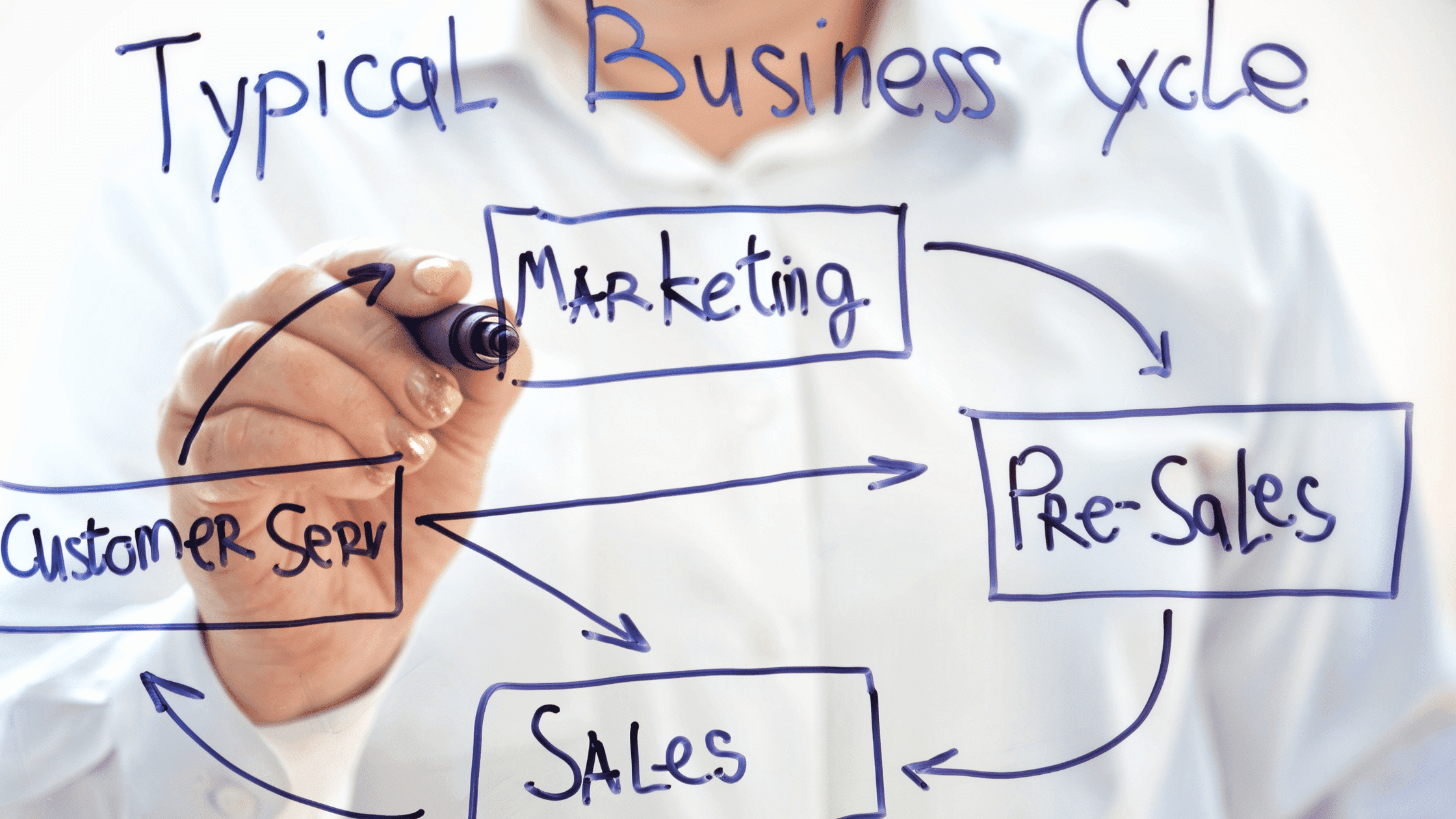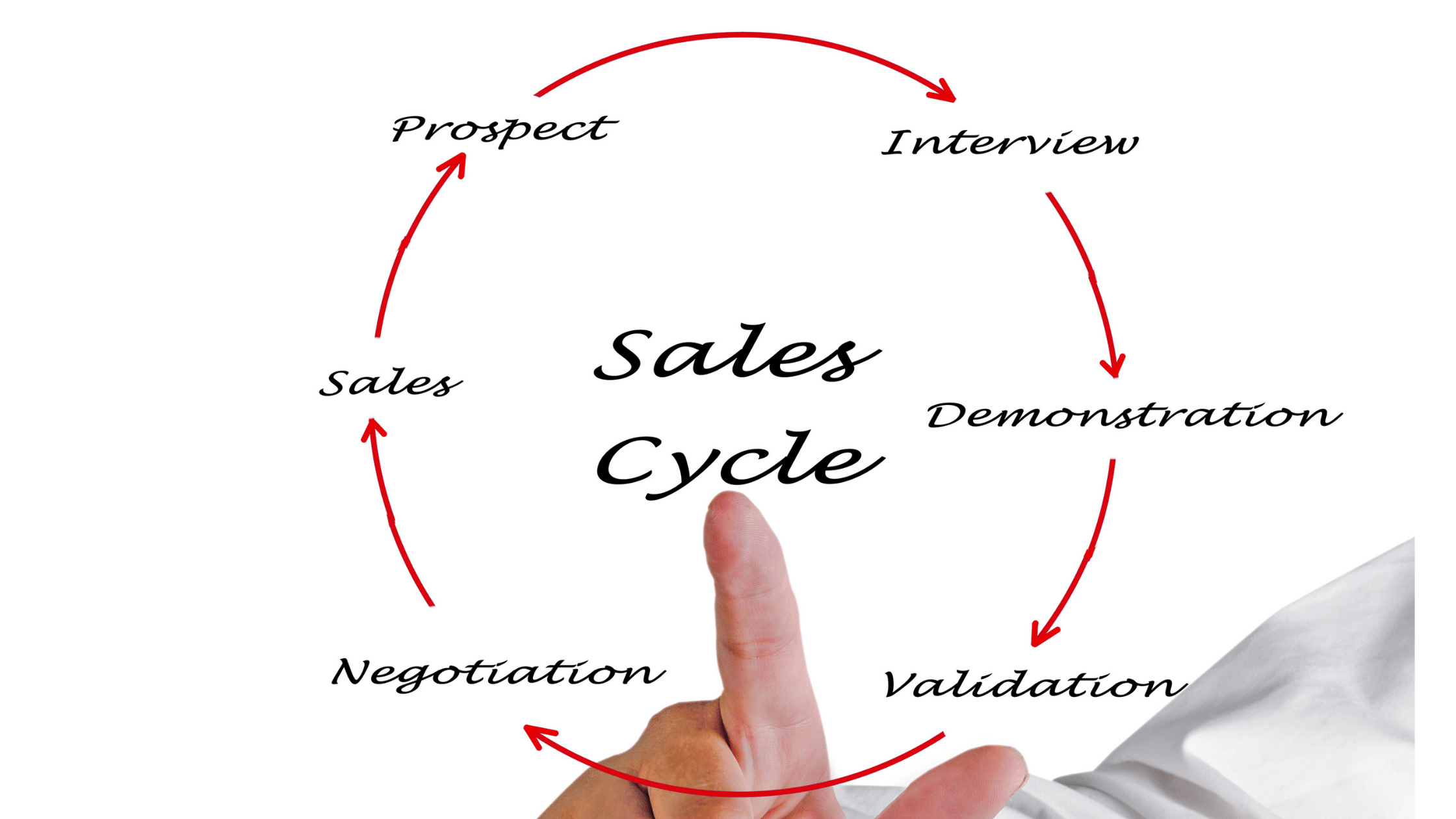We’ve all heard the saying, “Don’t call me, I’ll call you.” It is indeed better to let your prospect contact you instead of the other way around. But, there are some cases where you should be proactive and reach out to them. How often should you reach out to a prospect? While there is no magic number, best practices suggest following up with a prospect at least once a week. More frequent follow-ups may be necessary if the prospect is actively engaged in the sales process. However, avoid bombarding your prospect with too many touchpoints, as this can quickly become annoying and turn them off your product or service.
Understand Your Business and Sales Cycles
The answer to how often you should reach out to a prospect largely depends on the type of product or service you're selling, as well as the stages of the sales process. The best way to figure out how often you should reach out to a prospect is by looking at your company's business and Sales Cycle.
The Business Cycle

The Sales Cycle


The sales cycle can vary from company to company and industry to industry. Still, prospects generally take an average of a few weeks before they buy something from you, especially if they have no immediate need. For example, if you're selling a complex product requiring a longer sales cycle, you'll need to reach out to prospects more often than if you're selling a low-cost item that can be purchased quickly. Additionally, during the early stages of the sales process, you'll need to reach out more frequently in order to build rapport and trust, while during the later stages, you can back off a bit.
So if your average sales cycle is 12 weeks, then it would be a good idea for you to contact your prospects once every two weeks or so, but if your average sales cycle is 24 weeks, then it would be better for you not to contact them more than once every 4-6 weeks unless it's absolutely necessary. It might seem counterintuitive, but when contacting a prospect more frequently than they are comfortable with, you are less likely to get a response from them. They will have a poor impression of you and your product or service, which is bad for sales.
The goal of prospecting is not just contacting the people who fit your ideal customer persona but also identifying those who could potentially be great customers for you. These prospects might fall into different categories, such as those that have bought similar products in the past or those that have similar buying patterns as yours. Identifying these prospects is often done by analyzing competitors' purchasers and then seeing if there are any similarities. This may be necessary for an industry with high competition and many companies.
Using customer data, one can identify the prospects who are most likely to purchase a specific product by identifying their buying patterns, interests, and demographics. A customer segmentation tool divides a company's customer base into different segments that can be classified based on the characteristics of the segment and their stage in the purchase cycle. These classifications are then used to tailor marketing plans for each segment in a bid to obtain the most optimized results. Understandably, the contact frequency will differ for different prospects according to their segment.
Conclusion
So, how often should you reach back to your prospects after you’ve scheduled a call? How often is too often? There are no hard-and-fast rules regarding scheduling and generating sales calls, but there needs to be a balance between the number of sales calls you make and the frequency.
To effectively reach your prospects, you must strike the right balance between being too aggressive and pushy. As elaborated in this blog post, the frequency of calls varies from industry to industry as they have different sales cycles and depends on the product or service you are selling. An average of at least a call a week is more common.
Ultimately, the best way to determine how often to reach out to a prospect is to experiment and see what works best. Start by reaching out more frequently, then depending on your judgments of your prospect's reactions and receptivity, vary the frequency to suit their expectations. Remember, the goal is not just to call but to offer your solutions and ultimately make sales.
